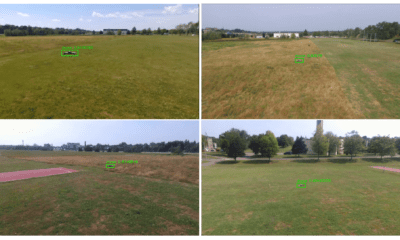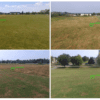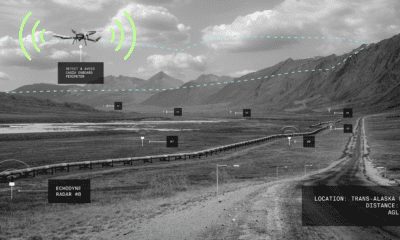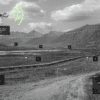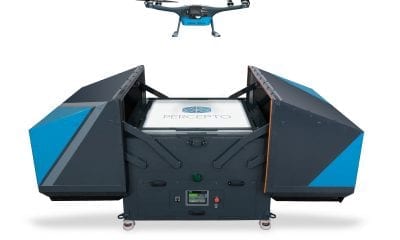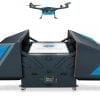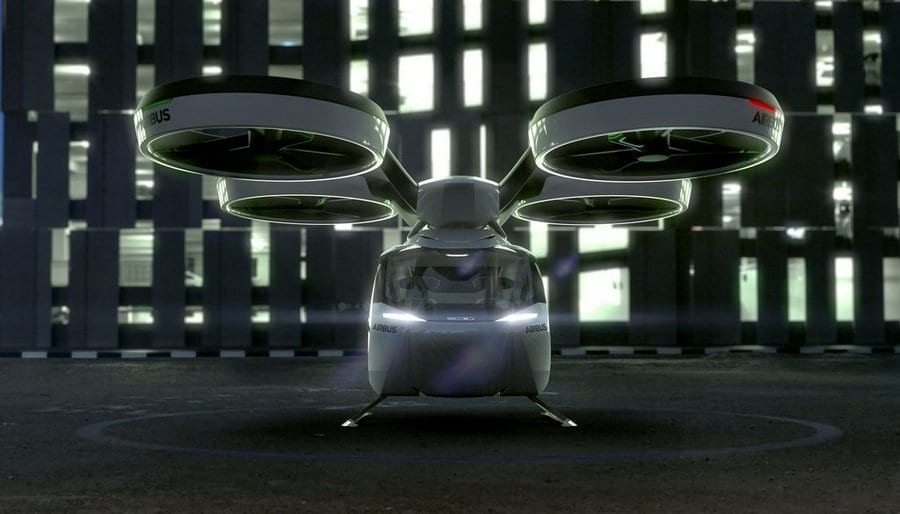
Autonomous
Porsche Could Enter Drone Market With Flying Taxis
Porsche Could Enter Drone Market With Flying Taxis
Porsche, Volkswagen’s renowned sports car manufacturer, is considering developing air taxis as an route to competing with drone makers and ride-sharing services rival such as Airbus, Volocopter and Uber. “That would really make sense. If I drive from (the Porsche plant in) Zuffenhausen to Stuttgart airport, I need at least half an hour, if I’m lucky. Flying would take only three and a half minute, ” Sales Manager Detlev von Platen told Automobilwoche magazine. “The I can imagine that such a thing could happen on Porsche’s path.”
The Volkswagen subsidiary wants to develop a sketch for the design in the near future. They already have an airtaxi design in mind, in which the passenger could also take control if necessary. “You drive a Porsche yourself – that could be the case with a drone. But without the need for a pilot’s license, because the device can just do a lot by itself,” said von Platen. He sees possible uses for the Porsche drone, inter alia in metropolitan areas.
German companies are already working on getting passengers to fly through the air in a way comparable to a taxi ride. They would be up against German airtaxi developers Volocopter, with has already presented their latest offering at CES2018 with Intel CEO Brian Krzanic taking a ride. Munich-based start-up Lilium also has just completed a financing round of $90 million, creating a VTOL (Vertical Take Off and Landing) jet that can carry five passengers with a range of up to 300km and a speed of 300 kilometers per hour. After a vertical launch, it moves from a rising motion to forward flight.
The advantages over cars or trains are obvious: air taxis could act against clogged roads in the cities and at the same time link more remote areas to metropolitan cities. Air taxis don’t need ground-based infrastructure such as highways or train stations. However there are regulatory difficulties to be overcome, something that is being addressed by the European Commission’s “U-space” vision for innovative and safe drone operations, in line with the EU’s goal of becoming a centre of global innovation in drone technology.
As populations and cities grow, there may indeed be an increasing need for air taxis in a future that is closer than you think. Driverless cars are also being researched by other automobile manufacturers such as Toyota, who recently reported they plan to invest $2.8 billion create 1,000 jobs to develop software systems for autonomous vehicles.
Developing mapping and networks by which these cars can drive safely is paramount. “This is a very hard problem,” says Brian McClendon, previously of Google Maps and co-founder of the startup that then became Google Earth. McClendon also led Uber’s mapping efforts and is now an adviser to DeepMap, a mapping company founded by former Google colleagues that creates maps for autonomous vehicles.
“The reason these maps are so important for self-driving cars, he says, is not only for location but also “because it reduces the amount of work that the autonomous software has to do to recognise the world around it,” he says.
The aircraft manufacturer Airbus is also working on electrically powered models. At the beginning of February, Airbus launched the prototype “Vahana” for the first time: 5.7 meters long, 6.2 meters wide, powered by eight electric motors, it can currently hold itself in the air for a few seconds. Similar to the Lilium jet, it can take off and land vertically with its tipping wings, and the wings are then leveled horizontally in the air. Vahana is slated to be ready for series production in 2020.
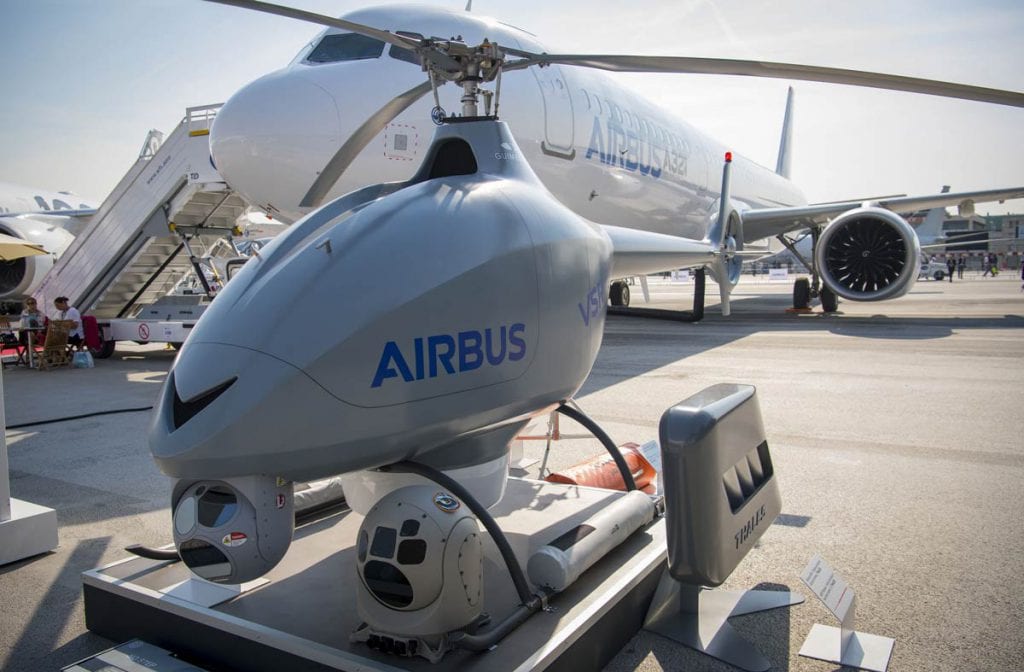
The Airbus Flying taxi, Vahana | Airbus
And then there’s Uber: Together with the American space agency NASA and a company called Bell Helicopter, it is also developing flying taxis, with its first models to be tested in 2020. In fact it seems it is only Elon Musk that does not seem to be a fan of air taxis: The Tesla boss, who invests not only in electric cars, but also in the Hyperloop, recently gave his thoughts on on Uber’s project via Twitter: “If you love drones above your house, you’ll really love vast numbers of ‘cars’ flying over your head that are 1,000 times bigger and noisier and blow away anything that isn’t nailed down when they land.”











